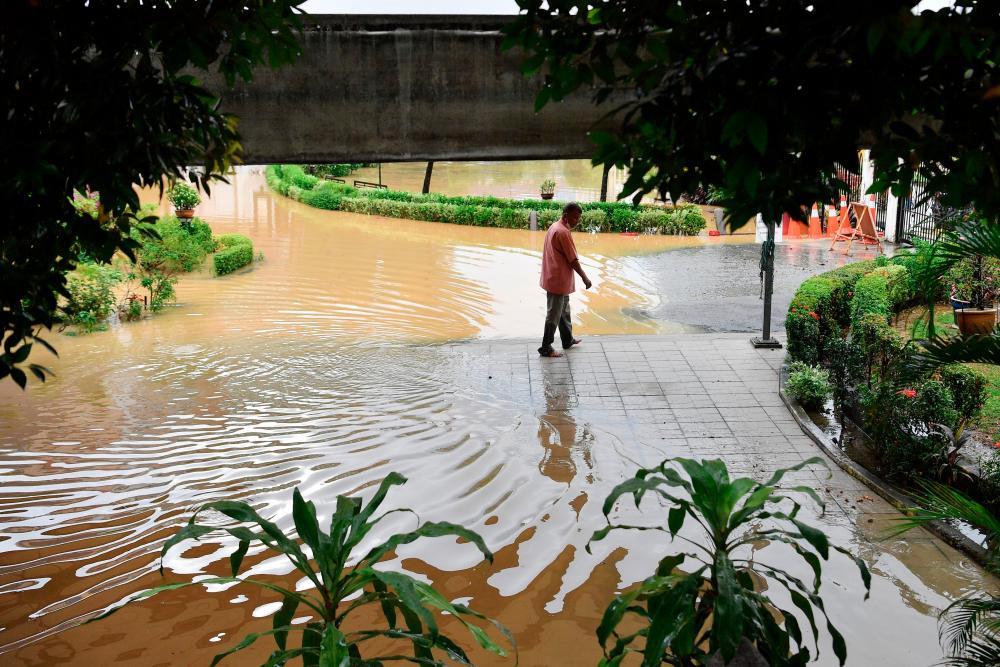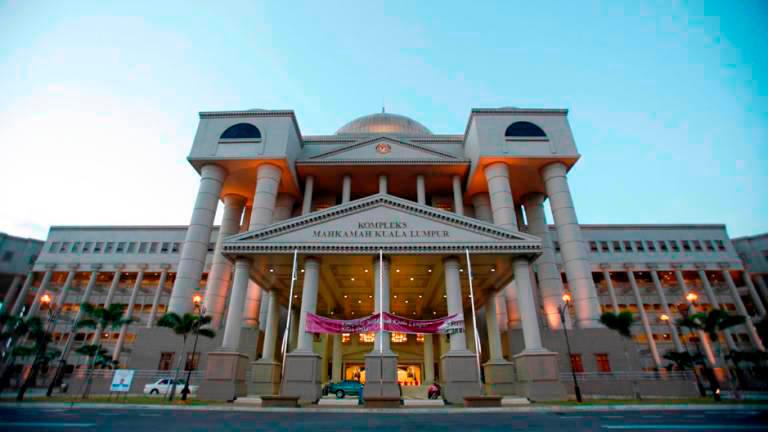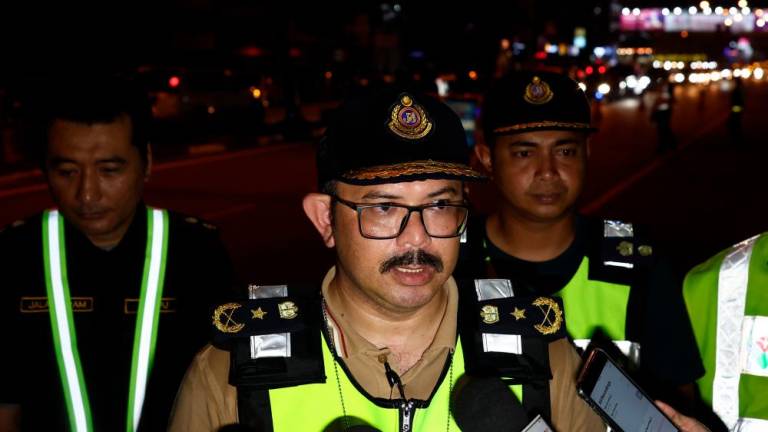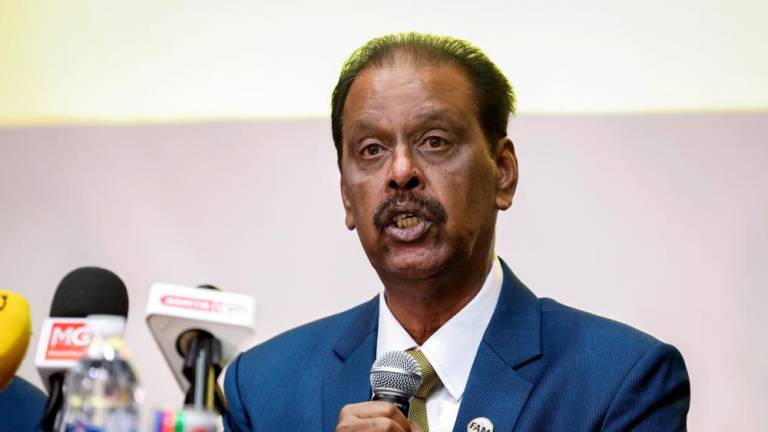WEATHER experts are predicting that Malaysia could be facing the worst floods this year at the peak of the Northeast Monsoon season from November to March, which could be more severe than last year’s floods in December.
But first, a recap on the cause of the worst floods in Selangor last year by climatologists, especially Prof Dr Fredolin Tangang from Universiti Kebangsaan Malaysia.
A tropical depression was first spotted off Sarawak in the South China Sea on Dec 15 before moving westward to Peninsular Malaysia causing floods in the eastern states of Terengganu, Kelantan and Pahang on Dec 16 to 17.
It was formed by air that moved towards lower areas, rises and creates thunderstorms with strong winds, causing floods.
When it travels overland, it is supposed to peter out.
However, instead of petering out this tropical depression’s weak remnants gathered strength and continued its path inland toward the Straits of Malacca.
This triggered a continuous downpour on the west coast, resulting in the worst floods in Selangor during the weekend of Dec 18 and 19.
The lesson learned then was that we can no longer assume the monsoon season from November to March will cause the usual massive floods only on the east coast, as it also occurred in Selangor, Kuala Lumpur and Negri Sembilan.
Furthermore, when remnants of the tropical depression gained strength while travelling inland instead of petering out, it added an element of surprise when the volume of rainfall in Selangor that fateful day in 24 hours was equal the volume of rainfall accumulated in a month.
Many felt this was quite intriguing when it occurred.
The analogy is similar to that of a patient on the verge of death, whom a doctor had written his chances of survival off suddenly becoming energetic and getting up from an ICU bed alive and kicking.
Fast forward a year later, hopefully, the answer to this intriguing question has been found by experts which will help tremendously in mitigating the harmful effects of a devastating flood caused by a downpour of this magnitude.
Even if the answer is still not forthcoming, based on the adage that knowing a problem is already half the solution, weathermen in Malaysia should be able to look out for a situation where a tropical depression, after offloading its moisture convergence, suddenly becomes a force to be reckoned with instead of a spent force.
This requires further monitoring of the “spent force” tropical depression by weathermen as to whether it has become a spent force or begun to gather strength again.
The logic lies in whether we can monitor it in advance for us to be in a better position to prepare for the floods.
Do bear in mind that during the monsoon season frequent downpours and floods – big or small – cannot be avoided.
But what we certainly can do is mitigate the worst and tragic effects of the floods through early preparation.
This includes educating and reminding the public to always be in a state of readiness, to check weather reports frequently and observe the dos and don’ts in situations of a prolonged downpour among others.
Furthermore, the phenomenon of climate change will have to be factored in, which has caused extreme weather events globally.
The only difference climate change adds to the flood equation is the increasing frequency of rainfall and its unpredictability which has been occurring over the past few decades.
Water (rain) is not our enemy, it is our friend sent by Allah, or Mother Nature, as a blessing for the survival of the human species and all living things.
Climate change, which has been the talk of the world for decades, is not the result of the destructive work of water, but that of humankind who has been damaging nature via relentless logging and burning of fossil fuels among others, all in the name of progress and development.
Of course, we need progress and development but that doesn’t mean we need to attain them at the expense of the very abode we live in.
Thus, it is apt when the Quran says: “Calamities (mischief, corruption) have appeared on land and sea because of what the hands of the people have earned so that He (Allah) makes them taste some of what they did, so that they may return (to the right way).”
The right way alluded to in the Quran is sustainable development, the very progress that is in tune with not only our material well-being, but also a holistic one that takes into account the non-material aspects of development such as a flourishing flora and fauna, emotional well-being in having good physical and mental health, spiritual well-being, etc.
The act of destruction in the form of relentless logging, massive deforestation and the burning of fossil fuels has resulted in an excessive increase in the emission of greenhouse gases, which in turn has caused global warming.
When temperatures increase, the air has more ability to hold extra moisture. This moisture will then come down as rain.
As the atmosphere is sucking up more water (around 7% more water for every 1°C rise in temperature), heavy rainfall is more likely to occur in coastal regions, with severe droughts in the middle of continents.
This is the reason why in one country there could be floods in one region and raging forest fires in another occurring at the same time.
This is also the reason why the recent devastating floods in Baling, Kedah occurred outside the current monsoon season, clearly highlighting the unpredictable nature of climate change.
During the floods that occurred last year in Selangor, boats seemed to be in short supply causing many to be trapped in their homes on rooftops.
Calls by victims for boats to be deployed to help evacuate them to the nearest flood relief centres were even heard on national television.
However, a few days after the floods some boat owners on social media were volunteering their assistance to move those living in areas where the floods had not subsided to safer areas.
This shows that it was not so much a lack of boats that was the problem, but the mobilisation of boat owners to join humanitarian missions to help those who were trapped.
What the relevant authorities in each state could do is have a database of boat owners who could be mobilised and deployed voluntarily for a search and rescue mission during flooding to help victims trapped in their homes or any buildings.
This time the government has done a good job of getting a total of 79,549 personnel and rescue agency members on standby to be deployed with its assets in case of floods.
It has also mobilised 22,622 assets, comprising boats, boat trailers and jet skis.
It is good to also mobilise boat owners in this regard so that every person in Keluarga Malaysia will have a stake in chipping in with search and rescue efforts.
What is important here is that all these efforts need to be coordinated effectively and efficiently.
The relevant authorities could also start identifying abandoned land on higher ground near flood-prone areas and turn it into a parking lot for those who are on the road during the early hours of a flood.
This would minimise the cost of damage to vehicles, which have become a common sight during floods.
Jamari Mohtar is the Editor of Let’s Talk!, an e-newsletter on current affairs. Comments: letters@thesundaily.com















